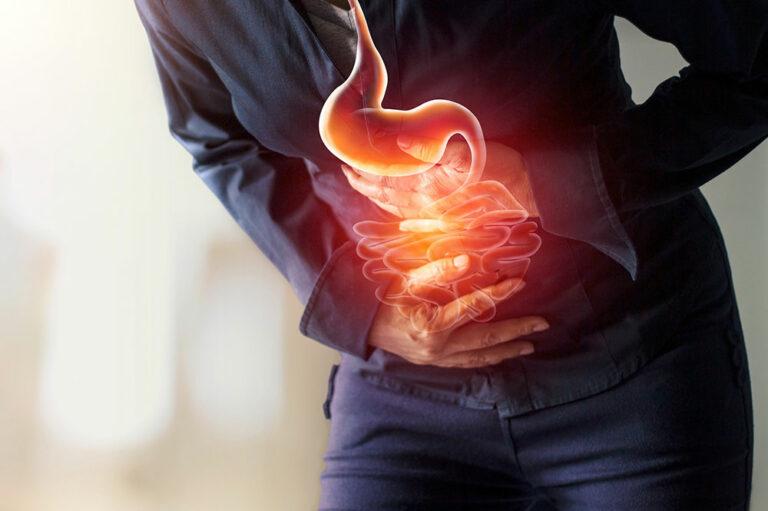
01
A guide to the various stages and types of sleep disorders
Getting a good amount of sleep is fundamental to our health. Not getting sufficient sleep can have a grave effect on our physical and mental health. While most of us may not sleep simply because we are watching a show, there are some people who suffer from sleep disorders and cannot help it. Stages of human sleep Any kind of disturbance in the period or quality of sleep is known as a sleep disorder. Human sleep can be explained in the following stages: Stage 1 This stage is called non-rapid eye movement sleep. Stage 2 This stage is the second stage of non-rapid eye movement sleep. It constitutes half of your sleep. Stages 3 and 4 These stages see the person most deep in sleep and they account for approximately 10 to 20 percent of the sleeping period. They occur during the first half of the duration of sleep. Stage 5 This stage is called the rapid eye movement stage (REM). It is in the stage that we see dreams. The amount of time each person spends in each stage will differ as per their age. Types of sleep disorders Now let us take a look at some of the main types of sleep disorders:
Read More 









